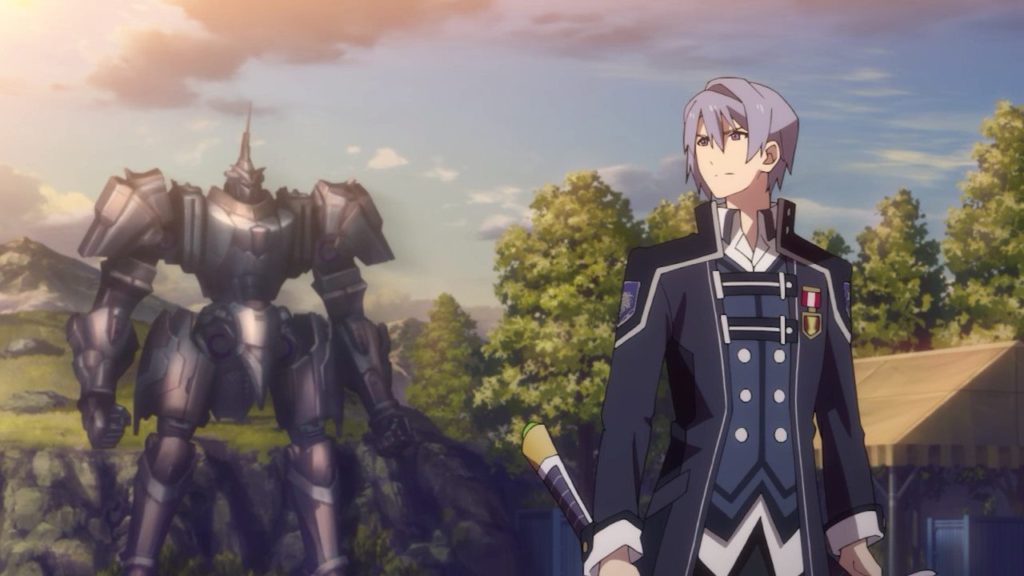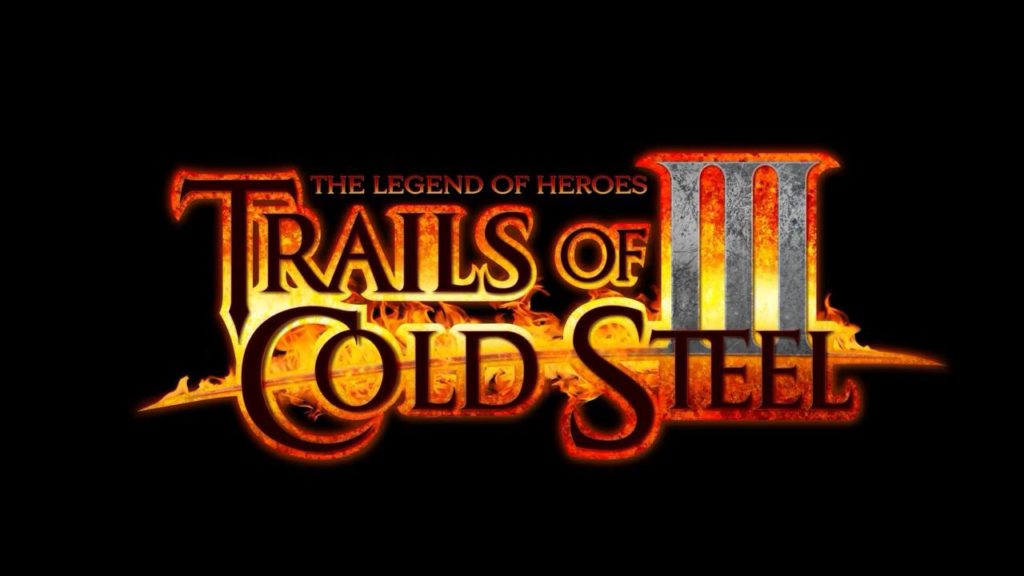
The Legend of Heroes series has finally jumped to a new console! This is the first release in the series for a Nintendo system, and although the first two games in the series are not available for the Switch, NIS America has had the fantastic foresight to bring The Legend of Heroes: Trails of Cold Steel III to Nintendo’s console as well as it’s previous PS4 release! For the handful of you that might not already have at least an idea of what the series is about, it’s an epic JRPG series following the exploits of Rean Schwarzer, a student of Thors Military Academy in the Erebonian Empire. Over the first two games, Rean and his companions become key figures in a civil war that rages across the empire. I’m being intentionally vague here because there’s an important thing to remember about the Trails of Cold Steel series. It’s legitimately one of the best Japanese RPGs ever made, with an epic storyline, a fantastic ensemble of characters, incredibly well-written and well-translated dialogue, and a smooth polish throughout. Talking too much about the plot will simply ruin the experience, and I’m loathe to do that to anyone.
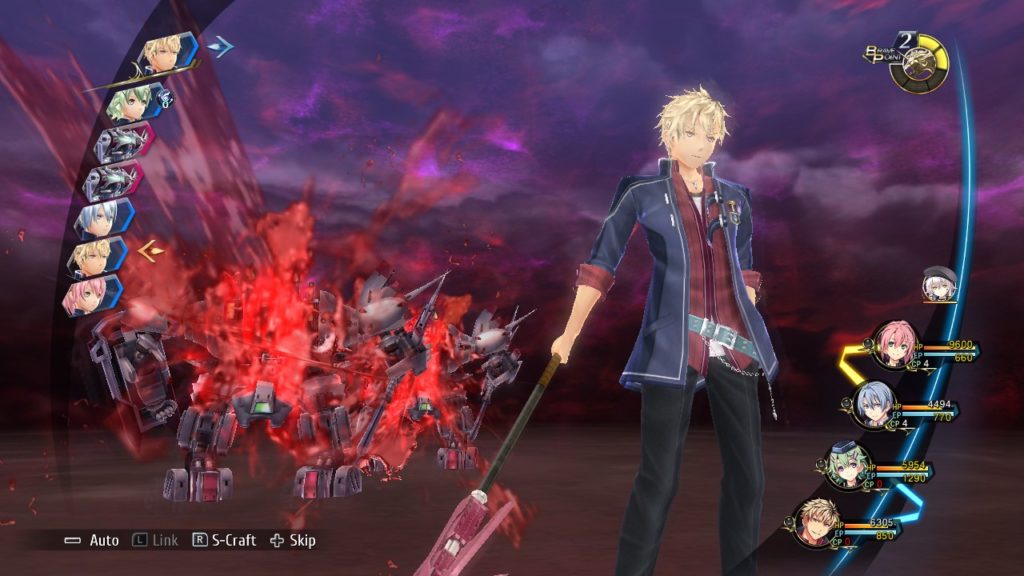
Suffice it to say that the first two games in the series are good and if you can play them, you should. However The Legend of Heroes: Trails of Cold Steel III is absolutely playable without playing the previous games, you’ll simply miss out on a lot of the subtle nods, character references, and associated tie-ins. Trails III picks up a year and a half after the previous two games, leaving players with a bit of a gap as to what’s happened. The Erebonian Empire has consolidated new provinces under its rule, including Crossbell and North Ambria, becoming a much larger empire and a force to be reckoned with across the continent. Rean has graduated from Thor’s and is working for the Empire as a military instructor at the newly established branch campus of Thors Military Academy in Leeves, which is teaching a new generation of students. There’s a lot more going on than meets the eye though, and the plot is anything but transparent.
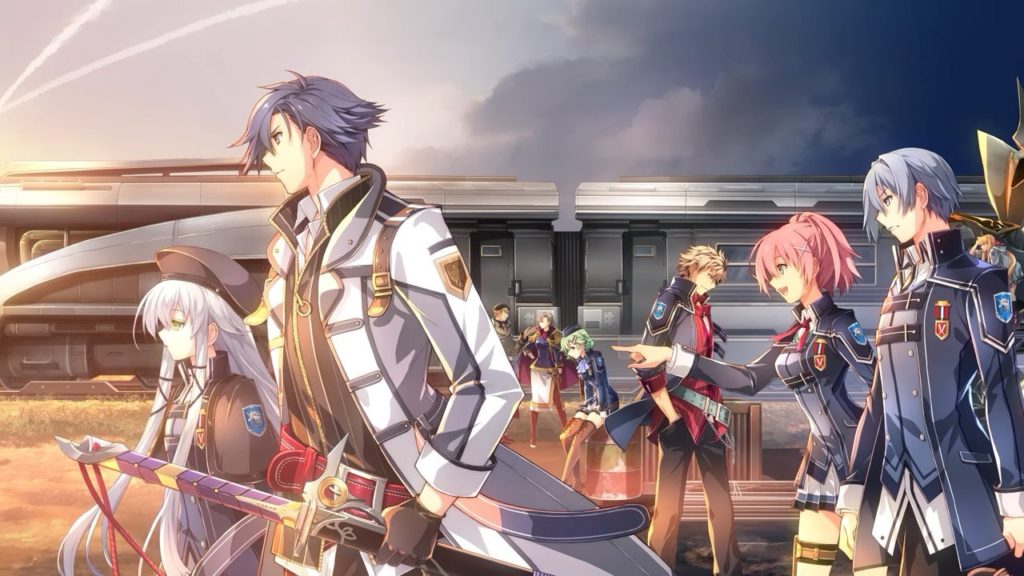
On the surface, Trails III is almost a tribute to the first game in the series. Circumstances mirror the original game with classes, dungeon tests, and training exercises. But there’s an undercurrent of unrest to the story as well, and not everyone is happy about the success of the Empire. We’re also introduced to a whole new cast of characters who take the focus of the story away from the original Class VII of the first two games and spice things up a bit. At the forefront are Juna Crawford, a student formerly of Crossbell’s police academy, Kurt Vander, younger brother of a well-known military commander in the Erebonian army, and Altina Orion, a mysterious young girl with an equally mysterious companion. Don’t worry though, as all your favorite characters from games past will make an appearance here or there, if only for a short while sometimes.
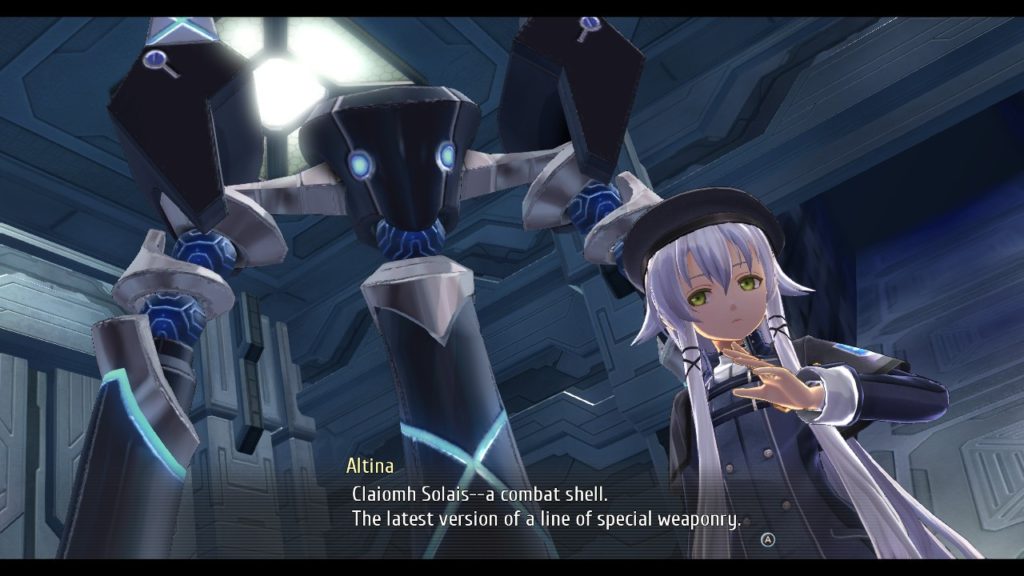
Trails III is one of those rare games that manages to keep continuity clean and easy to follow. If you’ve played the first few games, you’ll be familiar with a lot of the supporting cast, and the entirety of the prologue and first chapter are designed to not only reminisce a bit but also pull you back into the world of Zemuria. Conveniently, NIS has included a story summary that not only goes through the first two games in a fair amount of detail, but also explains the characters and backstory of the world. There’s a fair bit of reading, and as previously stated, you’ll be missing some nuances, but for those of you only playing on the Switch, this is the best way to jump into Trails III without playing the first two games. Ideally, you should play all three games in their entirety of course, but it is a significant time commitment requiring two systems, clocking in at around 60 to 80 hours per game, possibly more depending on how thorough you are. Either way, you’re in for a treat with Trails III.
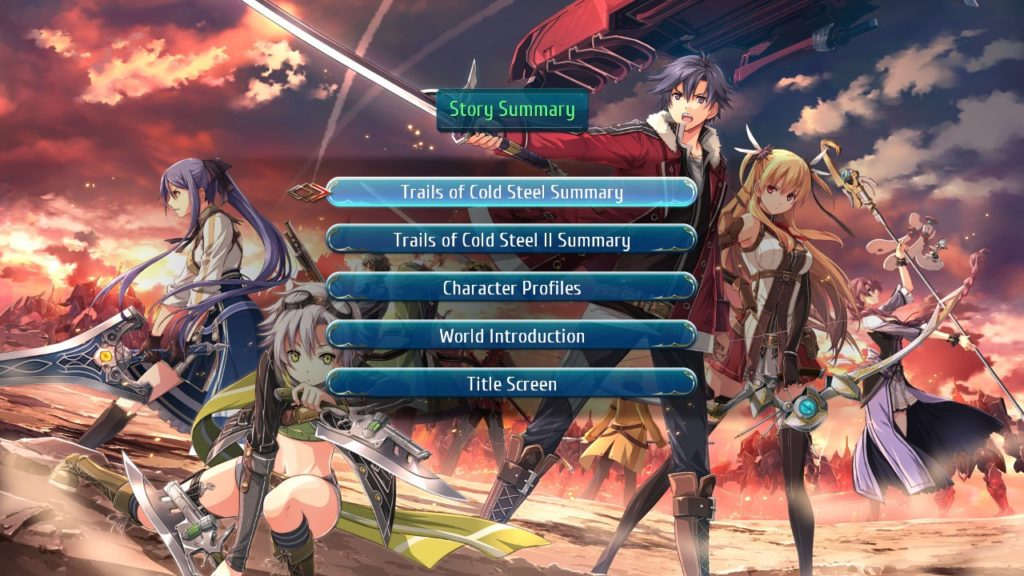
The Legend of Heroes: Trails of Cold Steel III has the best character development I’ve ever seen in an RPG. That’s a tall order considering some of the games out there now, but seriously,Trails III blows away every other RPG out there, and that includes big ones like the Final Fantasy series and the Dragon Quest games. Trails III does something that no one else has ever managed, and that’s to humanize its characters in such a way that they’re imminently believable. Sure, they have their quirks, nuances, and tropes to a degree, but they seem noticeably more real, with facial expressions, vernacular uses, even political views that serve to differentiate them in a manner rarely seen outside of novels. You’re attached to the characters, you care what happens to them, you understand how they think and what motivates them. In short, they have real depth. Between the new Class VII, Rean, and the recurring characters from previous games, it’s a dramatic smorgasbord. And if the character development was the only thing that Trails III had going for it, that would still be great. However, there’s more.
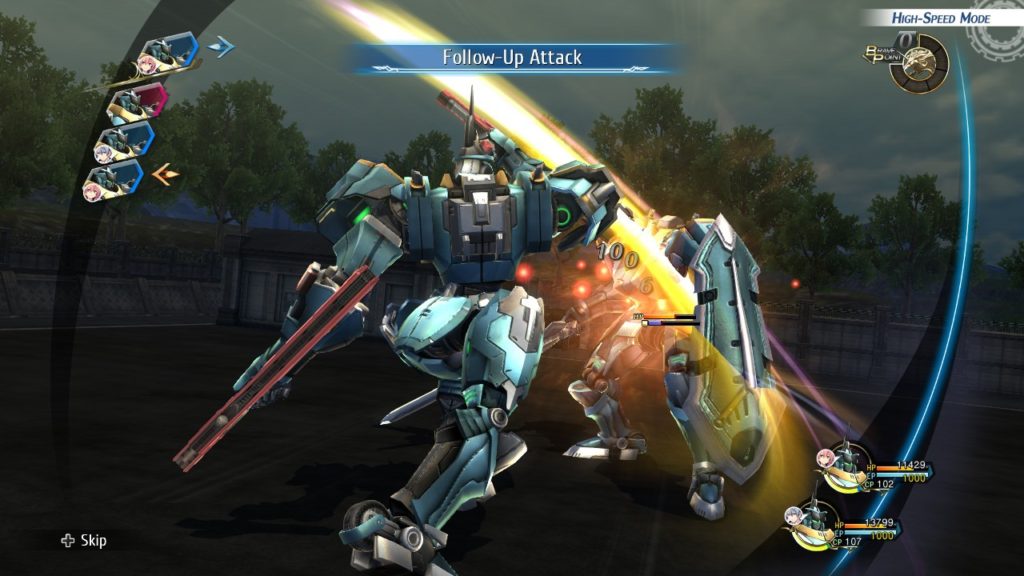
On top of the characters and the excellent backstory, there’s also a political and military epic brewing. Erebonia is huge and powerful, but there are rival kingdoms and factions out there as well. Things are stirring in the background as Thor’s branch campus trains its new students and the Emperor himself may not be altogether benevolent. Many of the events, betrayals, and twists seen in Trails III could easily have come straight from a history textbook. The determination and humanity inherent in the characters mirrors situations one might see in an actual war, smaller stories that weave together to tell a larger narrative and make a pathway into the future. Erebonia and its enemies are living, breathing entities, alive with complexity and the people that drive them are conflicted, their allegiances shifting as they discover more information about their situations.
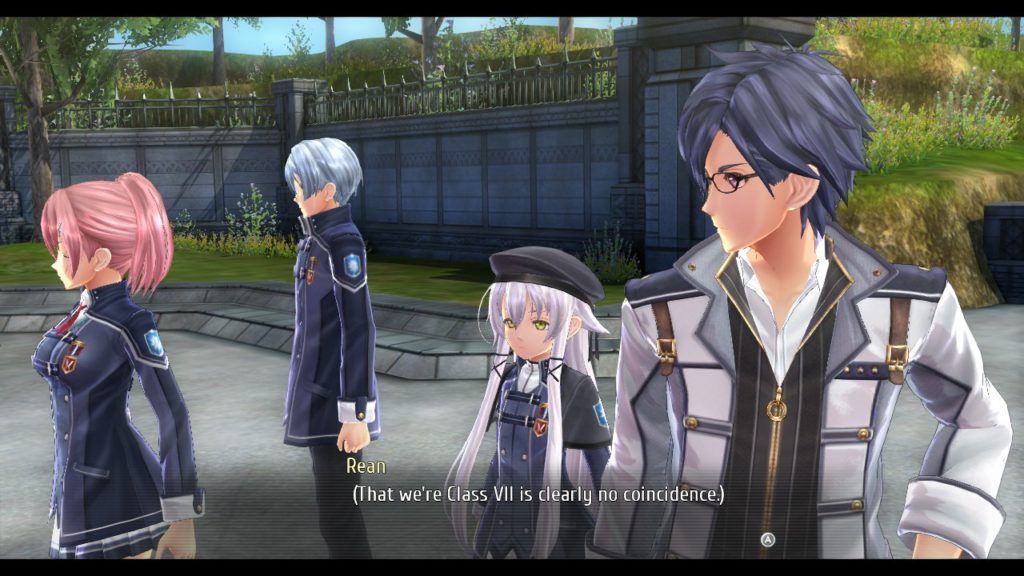
Whew! So the story is excellent, but what about the game? Gameplay is largely unchanged from the previous two entries into the series. You have free days where you wander about various locales, interacting with the locals, fulfilling sidequests, and gathering background information. Rean pursues relationships with various characters and their intimacy levels have something of an effect on the story. Often, you’ll find that dialogue and discussions take up as much time as combat. Combat is dungeon based and can take place inside or outside, with branching pathways, optional enemies, and the ability to sneak up on the baddies, stunning them and giving you a combat advantage. Combat is menu-driven as before, but a few new options have popped up. Face buttons on the controller now directly correlate to individual battle options instead of more complex sub-menus, streamlining the combat experience. Mech fights are similarly well-designed and cleaned up slightly from the previous games, again building on the foundation of the first two games. Turbo mode has returned from previous games as well, renamed as High-Speed Mode and allowing combat or dialogue to be blown through quickly if desired. It’s a handy feature, especially if you’re just leveling in dungeons or you forgot to save and have to get back through a sequence quickly. Beware though, as there’s also a fast forward function that’s mapped to the L shoulder button that blows through dialogue at incredible speed! Especially in handheld mode on the Switch, it’s surprisingly easy to bump the L button and miss everything that was said, forcing you to reload a save or use the text review function on the Switch D-Pad to read back through (while missing the actual cut scene).
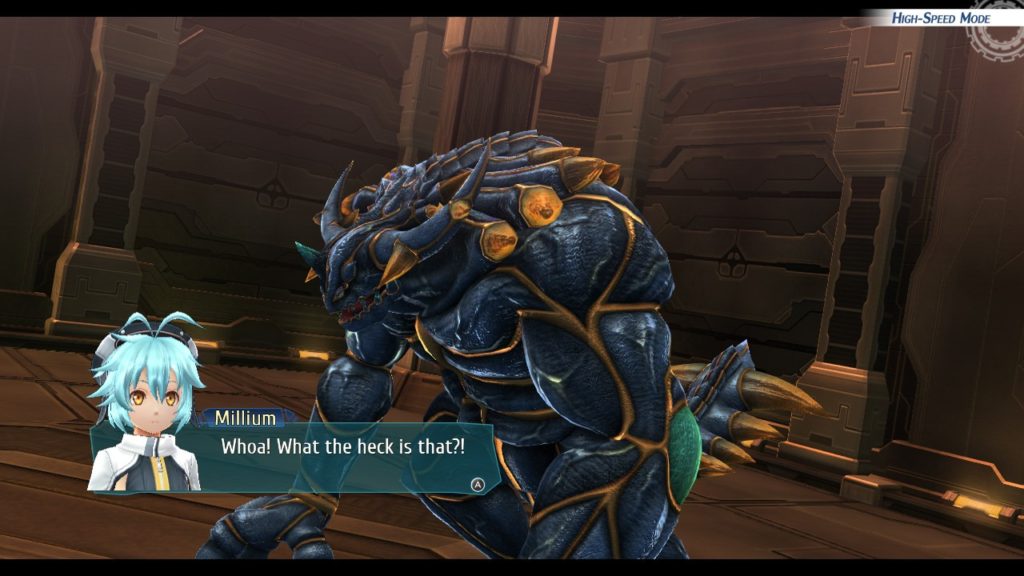
Brave Orders have been added as well, a new type of party buff that consumes Brave points earned in battle. Efficient use of Brave Orders can easily bolster your party turning challenging battles to easy once in a flash. Combat Link attacks are back and you’ll definitely want to use Assist, Rush, and Burst to really keep the damage flowing. Basically, everything that worked great in the first two games is cleaner and even easier to use, and combat now takes place wherever you’re located, rather than loading up a combat field. In addition to the quality-of-life changes, there are some other additions too. A collectible card game called Vantage Masters is new and can be played with anyone sporting a card icon over their heads. Vantage Masters is strangely reminiscent of Magic: The Gathering, only a bit less user friendly. It’s too complex to explain here, but you can spend quite a bit of extra time playing. It’s no Gwent, but it’s a damn sight better than Triple Triad from Final Fantasy VIII!
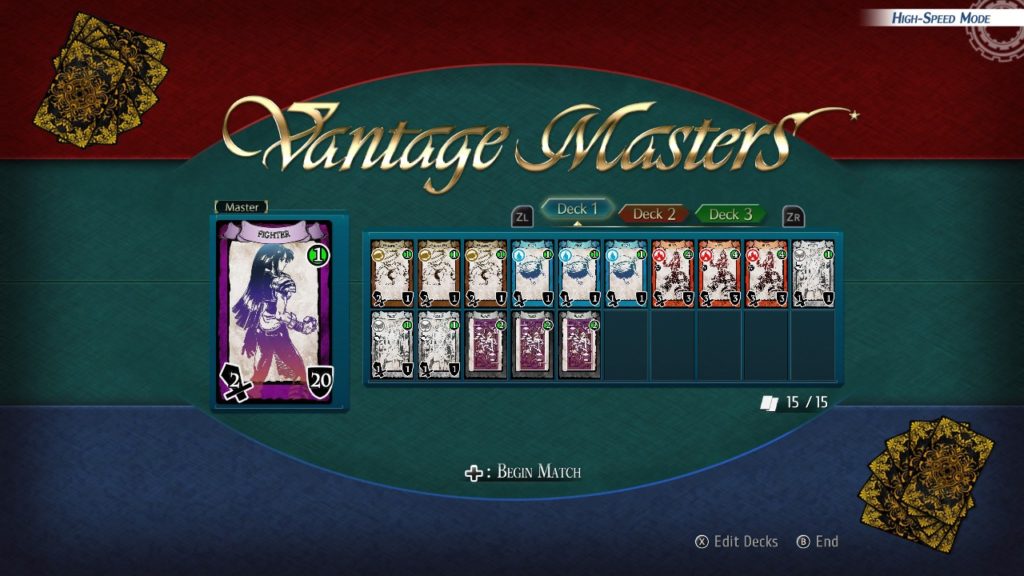
The biggest shift from PS4 to Switch for Trails III is in the graphics department. Trails of Cold Steel and Trails of Cold Steel II looked solid on the PS4, but it was obvious they were ported from inferior systems and just cleaned up. Trails III was designed from the ground up for PS4 hardware and it looked simply gorgeous. However, the Switch has limitations that the PS4 doesn’t in terms of raw power and it’s obvious some sacrifices had to be made in the visuals. The crispness is lacking and edges of backgrounds and characters aren’t quite as clean and crisp as they could be. Character portraits are a bit grainy, and it’s a noticeable difference in quality, almost like characters and imagery are just a hair out of focus sometimes when playing in docked mode on the Switch. It’s apparent that every effort was made to retain as much of the quality as possible, but the Switch just can’t handle it the same way. However, it’s not all bad, since you can play Trails III on the go on the Switch and in undocked mode, the game absolutely shines! The tiny details you notice on a larger TV vanish on the Switch’s portable screen and everything looks sharp and crisp due to the size constraint. Trails III transitions well from home docked to undocked mode with no slowdown, no lag, and completely intact gameplay. There are absolutely no issues playing it on the go and honestly, it’s utterly fantastic to do so! Even the sound is excellent on the Switch’s usually slightly tinny speakers, although the depth of the score might be missed without headphones. The audio is incredibly well-done, with solid sound effects, peerless voice acting which manages not to come off as hokey, and a simply powerful score. Just as an aside in case you were wondering, some of the translators for the first two games came over from XSeed who translated the first two games to work on this one for NIS America. And they did a damned fine job!
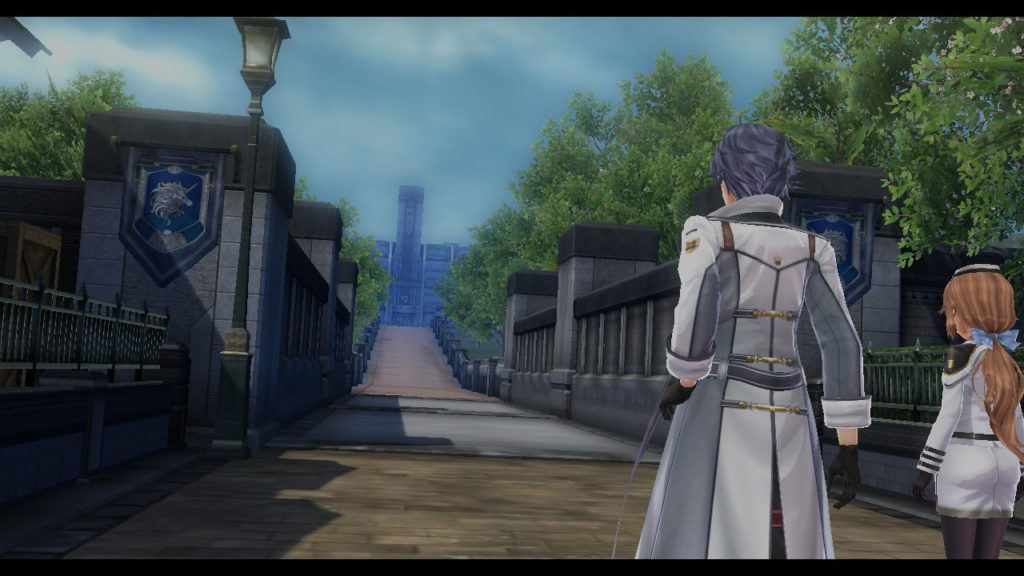
There’s also a wealth of cosmetic DLC available for Trails III. Costumes, skins for your Arcus II Battle Orbment devices, new hairstyles, and more! These are available with both the physical and digital versions of the game, and if you preordered the digital version, you’ll get the Standard Cosmetic Pack included. If not, it’s an add-on for the digital version but included with the physical. While the cosmetic add-ons don’t add to the storyline, they do allow for a wide variety of personal expression with your characters and their display and some of the outfits are pretty great! It should be noted that the physical edition of Trails III, The Legend of Heroes: Trails of Cold Steel – Extracurricular Edition, also comes with an art book, a collectible card, and a reversible cover as well as the previously mentioned cosmetic DLC items. Some of them fit the story quite well and you’ll find yourself wishing that Rean changed clothes more often on his own (that coat must smell a bit by now!), but other outfits would be better suited to a Final Fantasy game or Persona 5 than Trails III, which might appeal to some players.
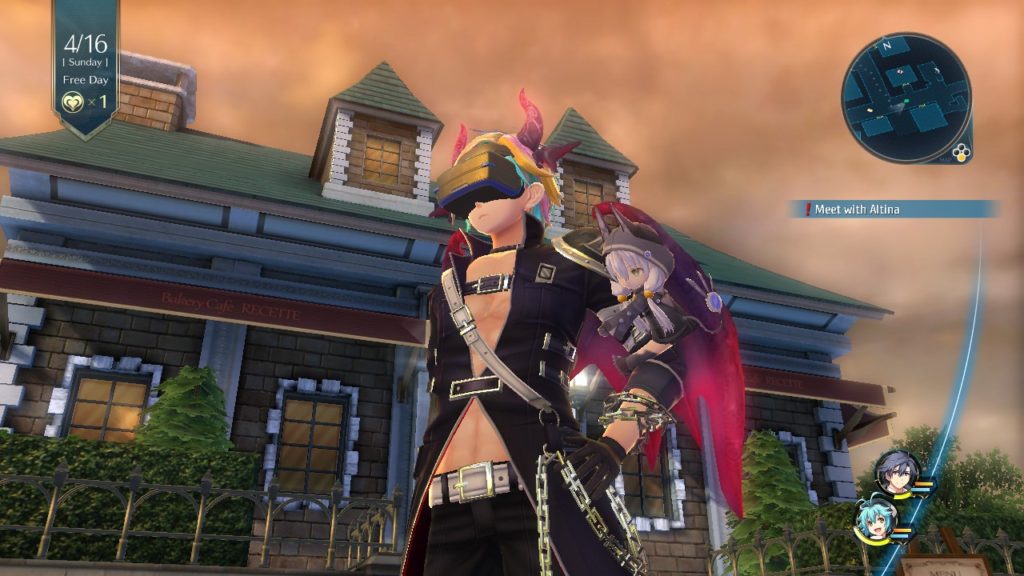
Honestly, at this point, other than giving away things that happen in the game or continuing to gush uncontrollably, there’s not much more to be said. The Legend of Heroes: Trails of Cold Steel III is a superb, peerless RPG experience that weaves a compelling and intricate story. Gameplay is clean and fun, never becoming too tedious, and there are plenty of side quests and little distractions that add depth to the world. Keep in mind that this is not the end for Trails of Cold Steel either. Similarly to the first two games in the franchise, The Legend of Heroes: Trails of Cold Steel III is the first game of a two-part story and this game does not finish out a trilogy. Instead, we can likely look forward to Trails of Cold Steel IV, the final installment in the series. Trails IV was released in Japan last September, but hasn’t been formally announced for these shores as of yet. It’s likely a foregone conclusion that NIS will close out the series with a bang though, so don’t panic. With the release of Trails III on the Switch, things bode well for a similar release for Trails IV! Let’s cross our fingers because the convenience of portable Trails cannot be understated! The Trails games are incredibly popular for somewhat niche titles and fans would gather with burning torches at NIS headquarters to get the last game translated. Simply put, The Legend of Heroes: Trails of Cold Steel III is a must buy game for any Japanese RPG fan or fan of the Legend of Heroes series. Even anyone who’s just a fan of a well-crafted and interesting story will love this one whether they’ve played RPGs in the past or not. This is a must-buy. Don’t miss it.
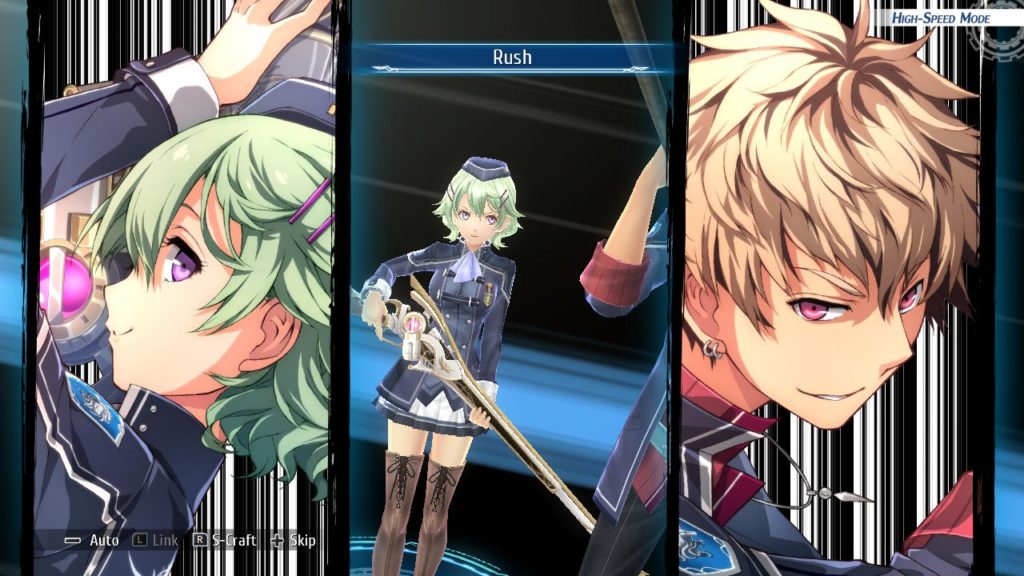
This review was based on a digital copy of The Legend of Heroes: Trails of Cold Steel III provided by the publisher. It was played on a Nintendo Switch in both docked and undocked modes. All images in this review are captured from actual gameplay. The Legend of Heroes: Trails of Cold Steel III is also available on PS4 and PC for Steam. Am I still gushing? I think I’m still gushing. I may have been a bit effusive in my praise here. No, wait, this game is seriously that good. I’m just going to go back and sob quietly by myself because Trails IV isn’t out yet. Go play Trails III. Shoo.
